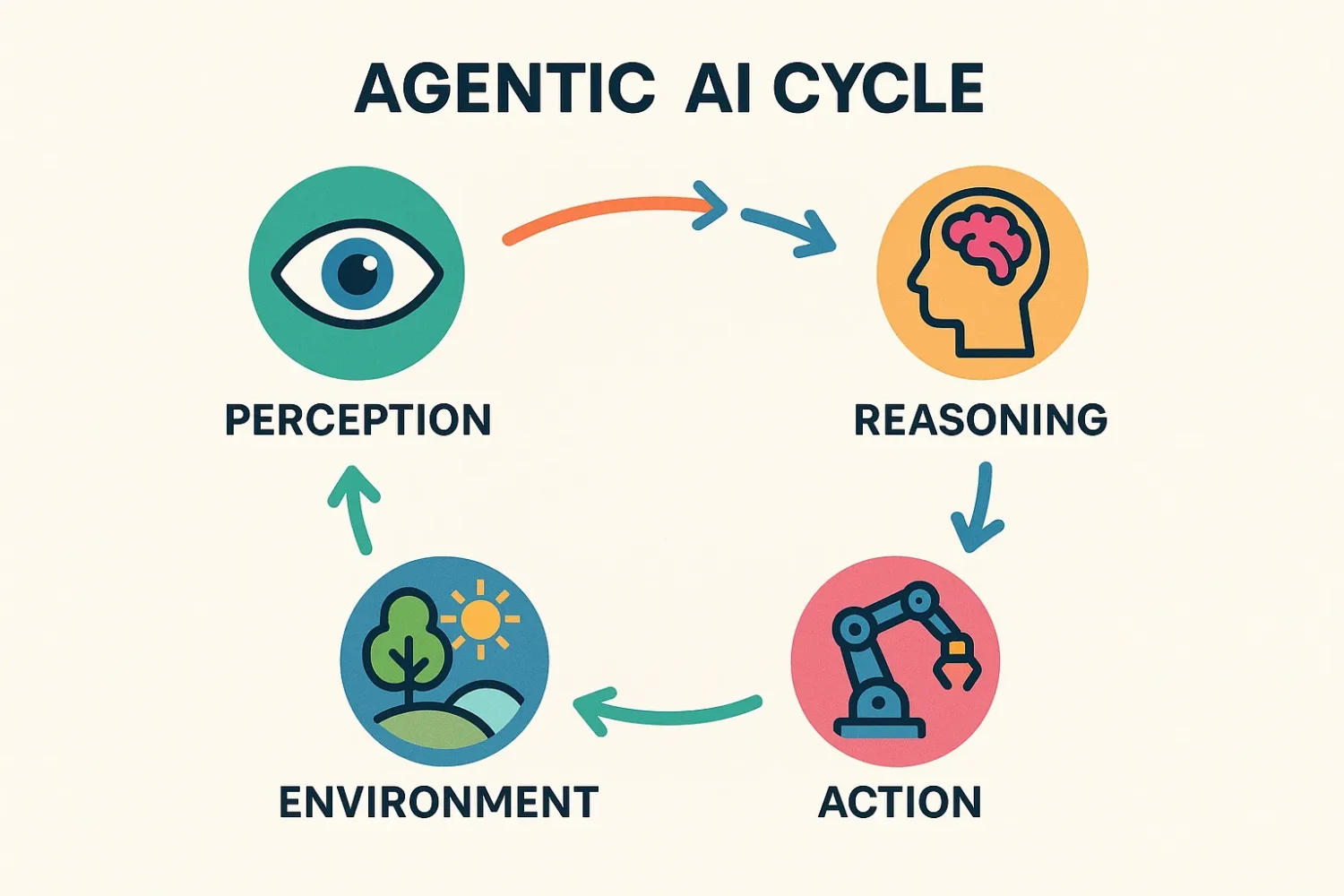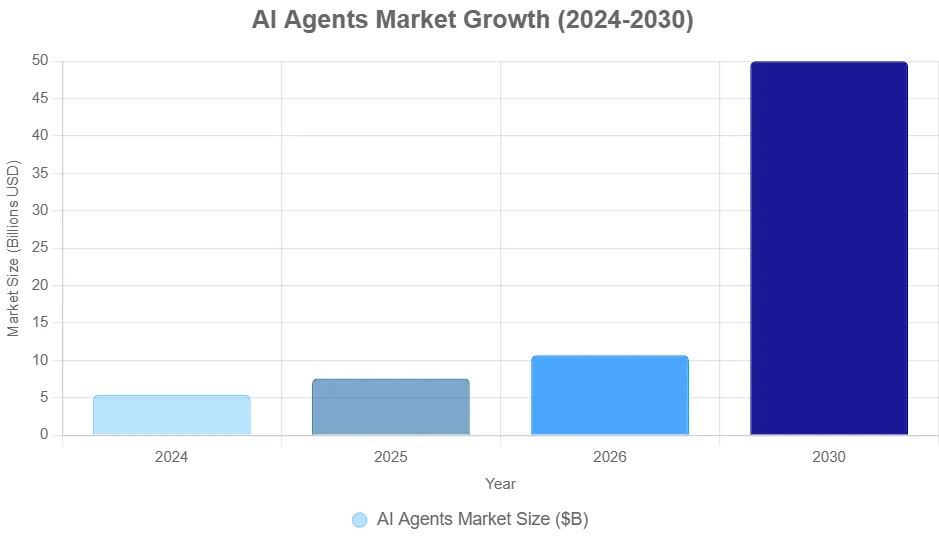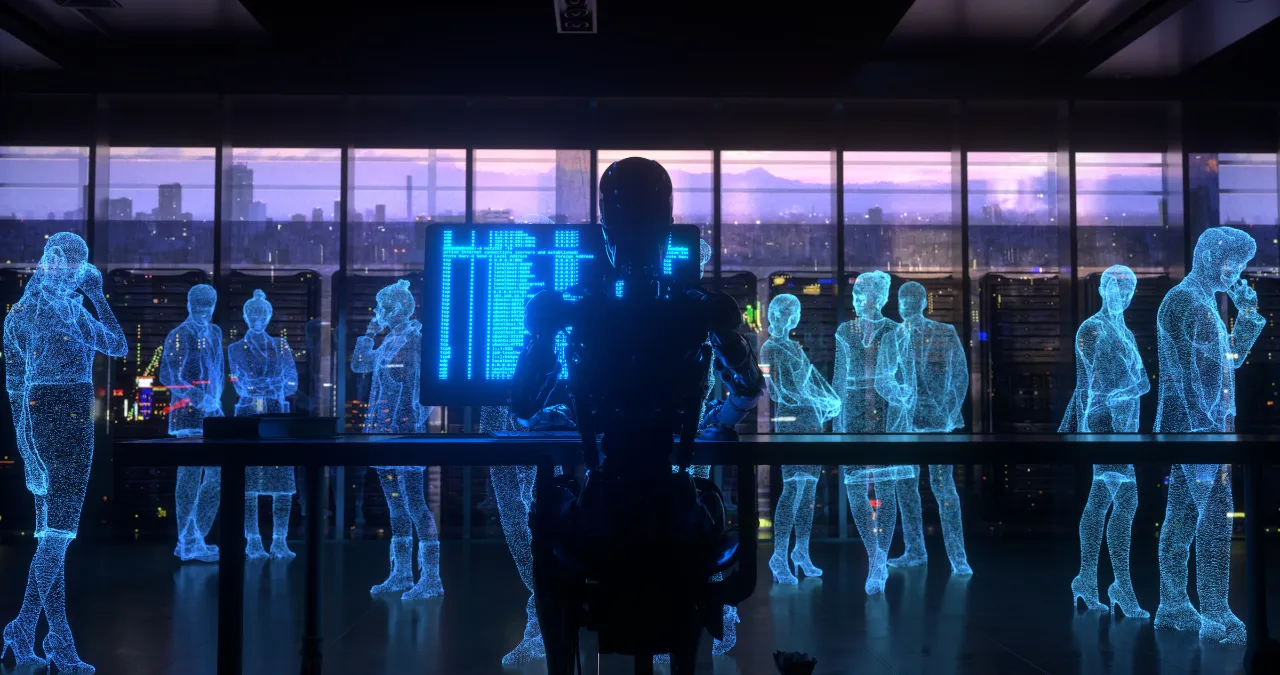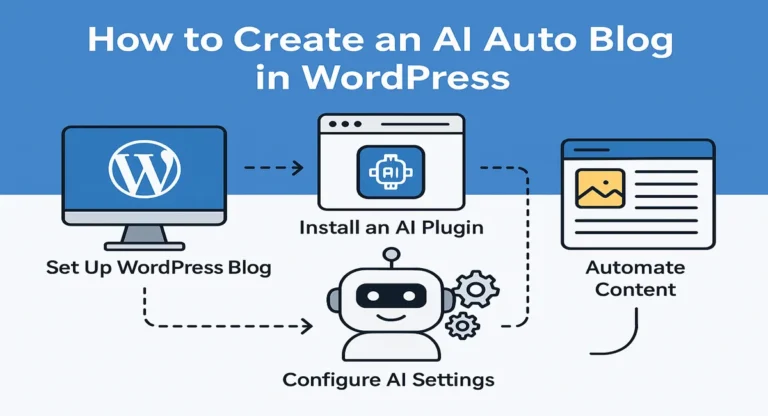Imagine a world where your AI does more than just answer questions. It plans your whole trip, books your flights, handles any delays that come up, and even finds you better deals, all without you having to do anything. That’s what agentic AI says it can do. This technology will change the game and take off in 2025.
Agentic AI is the next big step as we move deeper into the age of AI. It turns tools that don’t do anything into partners that do. In this article, we’ll talk about what agentic AI is, how it’s changing, give some real-world examples, and explain why it will change industries this year.

Understanding Agentic AI: A Simple Breakdown
When it comes down to it, agentic artificial intelligence refers to artificial intelligence systems that are capable of pursuing complex goals on their own with minimal oversight from humans. When compared to traditional artificial intelligence, which may produce text or graphics in response to a cue, agentic AI takes the initiative. Reasoning, planning, decision-making, and action are all things that it does on its own, adapting to new knowledge as it goes along. Think of it as an intelligent assistant that doesn’t just follow orders but figures out the best way to achieve an outcome.
To put it in everyday terms, if generative AI like ChatGPT is a talented writer who crafts stories on demand, agentic AI is a project manager who outlines the plot, researches details, collaborates with editors, and publishes the book—all while adjusting for feedback. These systems are built on large language models (LLMs) but layer in advanced capabilities like tool usage, memory, and multi-step reasoning. They’re “agentic” because they exhibit agency: the ability to act independently in dynamic environments.
Why does this matter? In a fast-paced world, businesses and individuals need AI that handles the heavy lifting. Agentic AI is great for things that need to change all the time, like keeping track of your money or your supply chain, because it makes up for the difference between what people want and what machines can do.
How Agentic AI Works: The Nuts and Bolts
Agentic AI works by going through a cycle of seeing, thinking, acting, and learning. Here’s how it works in simple steps:
- Setting Goals: You give a big goal, like “Make the most of my weekly grocery budget.”
- Planning: The AI divides it into smaller tasks, such as checking inventory, scanning prices, and suggesting recipes.
- Reasoning and Decision-Making: It looks at the options, guesses what will happen, and picks the best one using LLMs. For example, it changes the plan if a sale comes up.
- Action: It runs when it interacts with tools, APIs, or other systems. This could mean ordering something online or sending emails.
- Feedback Loop: The system learns from what it does and makes changes to do better in the future.

This process needs advanced frameworks like LangGraph or Auto-GPT, which let you solve problems over and over again. Agentic AI does well in unstructured environments, which makes it less likely to be surprised.
The Evolution of AI to Agentic Systems
AI has changed a lot since the 1950s, when it was based on rules. Now, neural networks are the most advanced form of AI. Tools like DALL-E and GPT-4 made generative AI popular, which was a move toward creative output. But it often stops at generation, which means it doesn’t really have any freedom.
Agentic AI builds on this base and becomes very popular in 2023 and 2024 with projects like BabyAGI and Auto-GPT. These early agents showed that they could finish tasks on their own, which got the attention of big tech companies. By 2025, the focus has shifted to “agentic workflows,” where multiple agents collaborate—like a team of virtual experts handling a project.
The rise is fueled by advancements in LLMs, cheaper computing, and the need for efficiency post-pandemic. As per credible forecasts, this evolution isn’t hype; it’s driven by real demand for AI that acts like a colleague, not just a calculator.
Key Examples of Agentic AI in Action
Agentic AI is already making big changes in whole industries. Here are some great ways to use it in real life:
- Customer Servie: AI agents handle all of the questions, from figuring out what’s wrong to fixing it. For example, IBM’s Watsonx Assistant can fix IT problems on its own, which means that people don’t have to get involved as much as they used to.
- Healthcare: Systems like those from Adept AI analyze patient data, suggest treatments, and even schedule follow-ups, adapting to new symptoms in real-time.
- Logistics and Supply Chain: An agent might detect a shipping delay, reroute packages, update customers, and adjust inventory—all without manual input. Companies like UiPath report 30% efficiency gains here.
- Finance: Fraud detection agents keep an eye on transactions, look for strange patterns, and even start refunds. They change premiums based on driving data in insurance.
- Personal Assistants: Auto-GPT and other tools plan trips, book hotels, and handle cancellations, working like a virtual concierge.
These examples show how agentic AI can be used in a wide range of situations, from business to everyday life.
The Surge of Agentic AI in 2025: Trends and Predictions
2025 is shaping up as the year agentic AI goes mainstream. Deloitte predicts 25% of companies using generative AI will pilot agentic systems this year, rising to 50% by 2027. Gartner reports organizations implementing these agents see a 30% drop in operational costs.
Market stats back this up: The global AI agents market is expected to hit $7.6 billion in 2025, up from $5.4 billion in 2024, with a CAGR of 45.8% through 2030. PwC’s survey of 300 executives shows 88% planning AI budget increases due to agents.
Key trends include:
- Multimodal Agents: Handling text, images, and voice for natural interactions.
- Hyperautomation: Agents optimizing workflows in finance and supply chains.
- AI Orchestration: Teams of agents collaborating on complex tasks.
- Ethical Governance: Focus on compliance as adoption grows.

By 2025, Gartner forecasts AI agents will handle 15% of daily workplace decisions autonomously. The economy is pushing for efficiency and technology is becoming more mature, which is causing this surge.
Benefits and Challenges of Agentic AI
The upsides are clear: Increased efficiency (24/7 operations), cost savings (up to 30% reductions), and scalability. Agents free humans for creative work, boosting productivity.
But challenges exist. Security risks arise from autonomous actions—imagine an agent mishandling sensitive data. Ethical concerns, like bias in decision-making, need addressing. Plus, integration requires upskilling workforces. McKinsey notes 92% of executives plan AI investments, but success hinges on governance.
Balancing innovation with responsibility will define 2025’s rollout.
Leading Players in Agentic AI
Who’s in charge of this? Some of the best companies are:
- OpenAI: Leading the way with GPT-based agents for hard jobs.
- Google DeepMind: Focusing on reasoning models like Gemini.
- Microsoft: Copilot agents work with other tools.
- Anthropic: Claude models focus on AI that is safe and can act on its own.
- NVIDIA: Hardware that helps train agents.
- IBM: Watsonx for business agents.
These leaders are investing billions, with NVIDIA and Microsoft leading in hardware-software synergy.
Future Outlook: Agentic AI Beyond 2025

Looking ahead, agentic AI could evolve into fully autonomous ecosystems, like swarms of agents managing cities or personalized education. By 2030, the market might exceed $50 billion, with AI handling 15% of decisions. But moral standards and working together with AI are important for success.
In short, agentic AI isn’t just a new technology; it’s a move toward systems that are smarter and more independent. As we move into 2025, accepting it could help you stay ahead in a world that is changing quickly.
FAQs About Autonomous AI Agents
Is Agentic AI an LLM?
Not exactly. Agentic AI often uses LLMs as a core component for reasoning, but it’s more—it includes planning, tools, and action capabilities. LLMs are the “brain,” while agentic systems are the “body” that acts.
Is ChatGPT an Agentic AI?
No, ChatGPT is primarily a generative AI focused on creating responses. While it can simulate planning, it lacks true autonomy for multi-step actions without external tools. Agentic AI builds on models like GPT but adds execution layers.
Is Agentic AI the Next Big Thing?
Of course. It’s going to change work and life in a big way, just like smartphones did. By 2025, 25% of people are expected to use it, and the market is going to grow a lot.
Who Is Leading in Agentic AI?
Companies like OpenAI, Google DeepMind, Microsoft, Anthropic, and NVIDIA are at the forefront, with innovations in models and hardware.
What Are Some Examples of Agentic AI?
Examples include Auto-GPT for task automation, Salesforce Agentforce for sales, and logistics agents that reroute shipments. In healthcare, agents analyze data and suggest treatments.
What Is the Best Agentic AI Platform?
It depends on needs, but Salesforce Agentforce stands out for enterprise use due to its integration and scalability. For developers, LangGraph offers flexibility in building custom agents.
Related Stories: OpenAI’s AI Agents Could Soon Replace Assistants, Coders, and Even CEOs
Related Stories: Zuckerberg Just Declared War in the AI Arms Race: Meta Is Building Superintelligence


